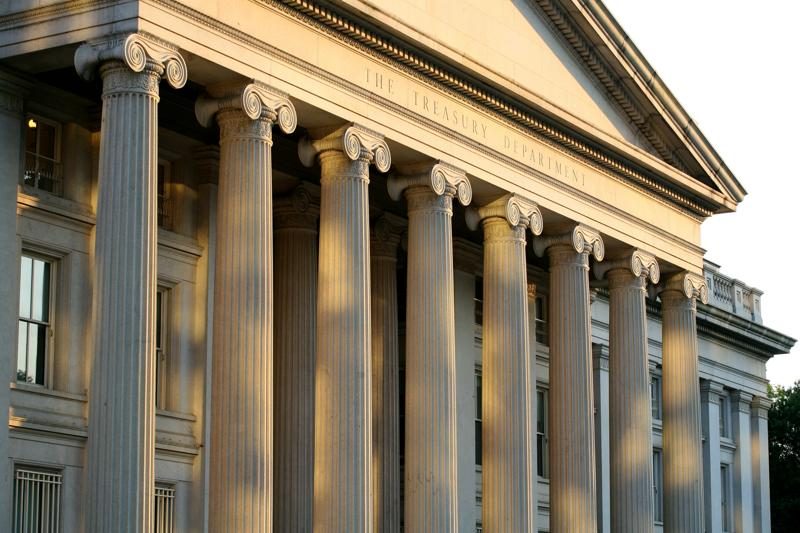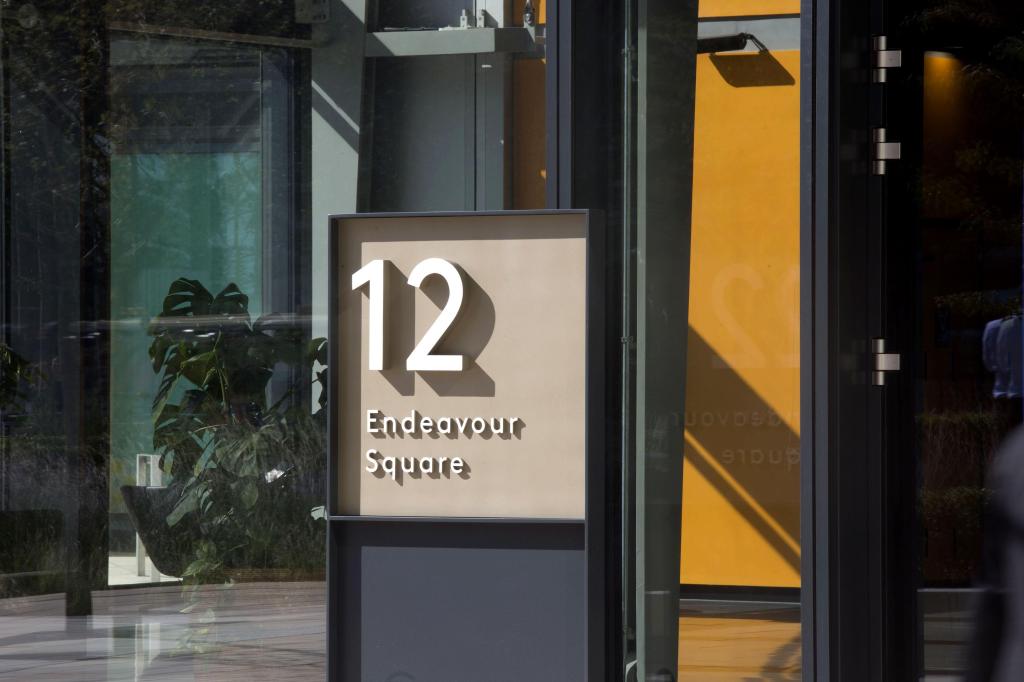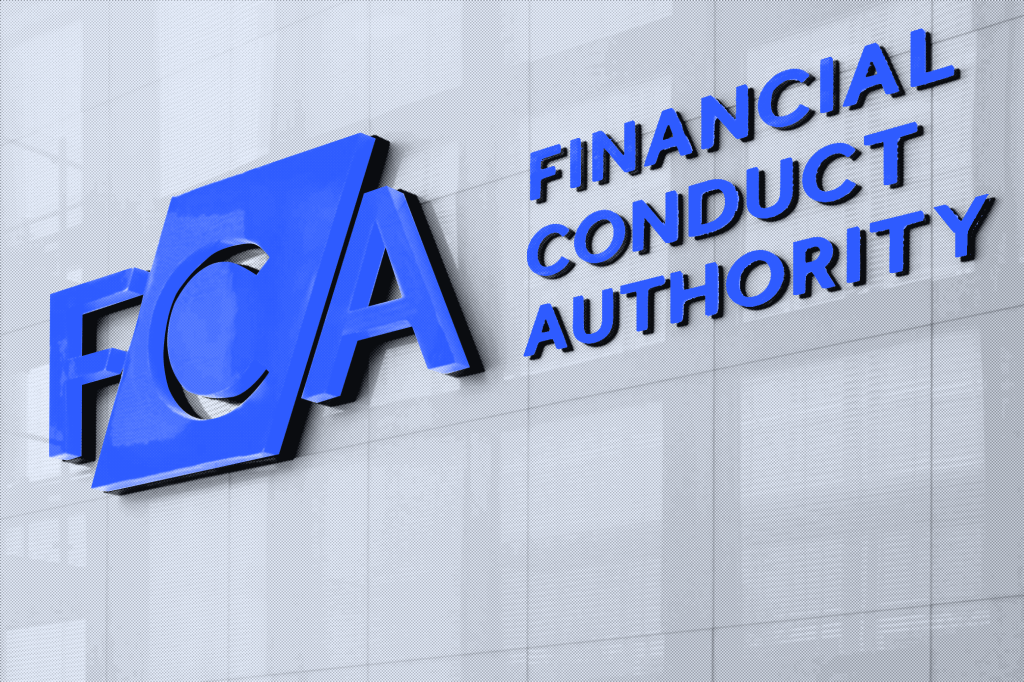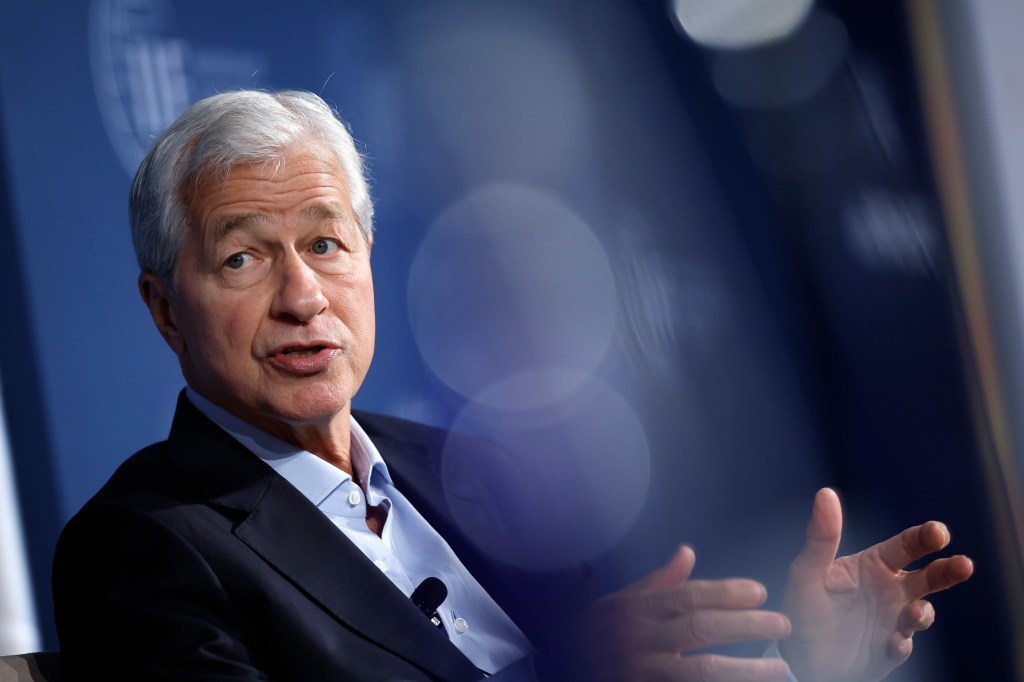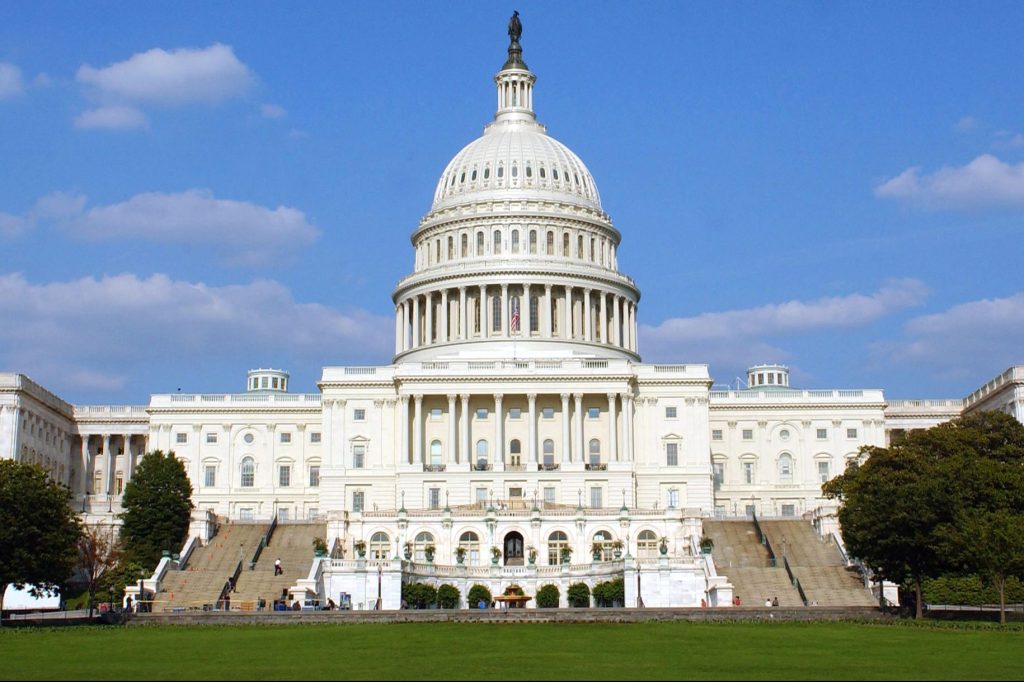SEC Chair Paul Atkins delivered testimony before a US House subcommittee yesterday, touting his agency’s slimmer headcount, describing its progress in developing best practices around digital assets and the roles each of the other three commissioners will play along with their regular full-time gig.
A new day at the SEC
Register for free to keep reading.
To continue reading this article and unlock full access to GRIP, register now. You’ll enjoy free access to all content until our subscription service launches in early 2026.
- Unlimited access to industry insights
- Stay on top of key rules and regulatory changes with our Rules Navigator
- Ad-free experience with no distractions
- Regular podcasts from trusted external experts
- Fresh compliance and regulatory content every day


